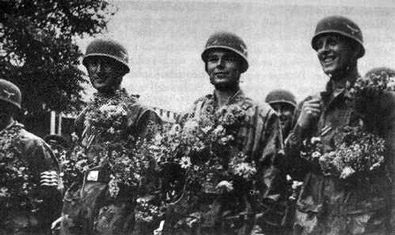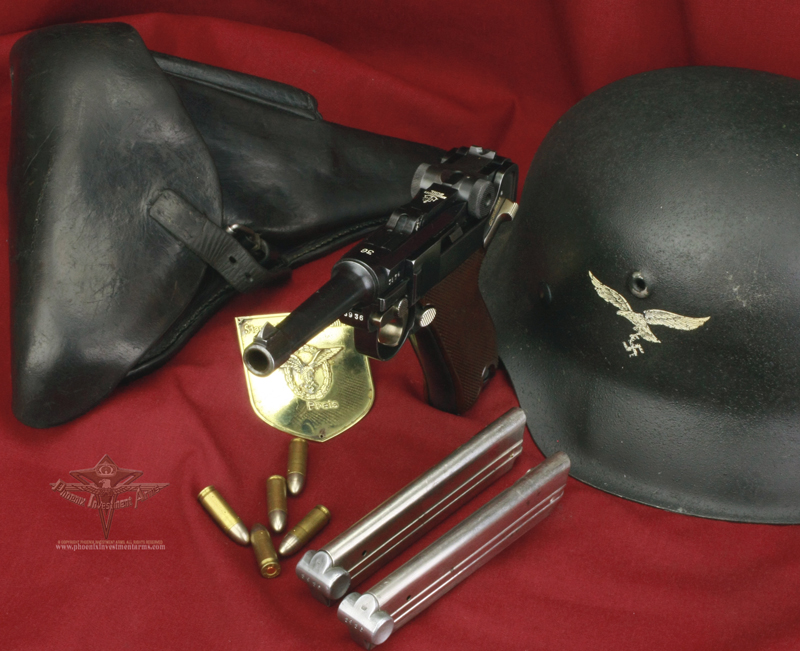|
Kurt Student was
born on May 12th, 1890. He joined the German Army and received his
commission in 1912. In 1913, he transferred into what was to become the
Luftwaffe, but was then called the German Army Air Service. During World
War One, he served as a reconnaissance pilot and he flew bombers. In
1934 Student joined the Luftwaffe. Student played a key role in the
development of the Luftwaffe. In keeping with the whole of General
Guderian's Blitzkrieg philosophy,
 Student
was ordered to form Germany's first ever parachute battalion in 1938.
Such a military unit was almost unheard of (though Soviet Russia had
been training parachutists in the Red Army) but it was to play a major
part in the whole concept of 'lightening war'. Student
was ordered to form Germany's first ever parachute battalion in 1938.
Such a military unit was almost unheard of (though Soviet Russia had
been training parachutists in the Red Army) but it was to play a major
part in the whole concept of 'lightening war'.
German
paratroopers were used with success in the campaign in Norway, Belgium
and Holland. In particular, the parachutist attack on Rotterdam all but
took the heart out of the Dutch defense, such was its speed and
ferocity. However, during the attack on Holland, Student was shot in the
head and his injuries were such, that he did not return to duty until
January 1941.
The input of
Student's parachutists in the various attacks on Western Europe had done
a lot to convince Hitler that they were an important aspect of his
military. In May 1941, they were used in the attack on Crete. Here,
Student's parachutists suffered heavy losses despite their ultimate
victory on the Mediterranean island. Despite their actual success in
Crete, Hitler was shocked by the number of Student's men who were killed
in action and he ordered a halt to their use in any future large-scale
military operation.
In 1943, Student ordered Major
Harald Mors to plan Operation Oak (Unternehmen Eiche), the
successful raid conducted by a special Fallschirmjäger unit
to free Italian dictator Benito Mussolini. They landed with
gliders and
STOL
aircraft on a hilltop. The well-known Waffen SS Kommando
Otto Skorzeny took part in this operation. Student received
the Oak Leaves to the Knight's Cross of the Iron Cross for
his role in the operation.
|
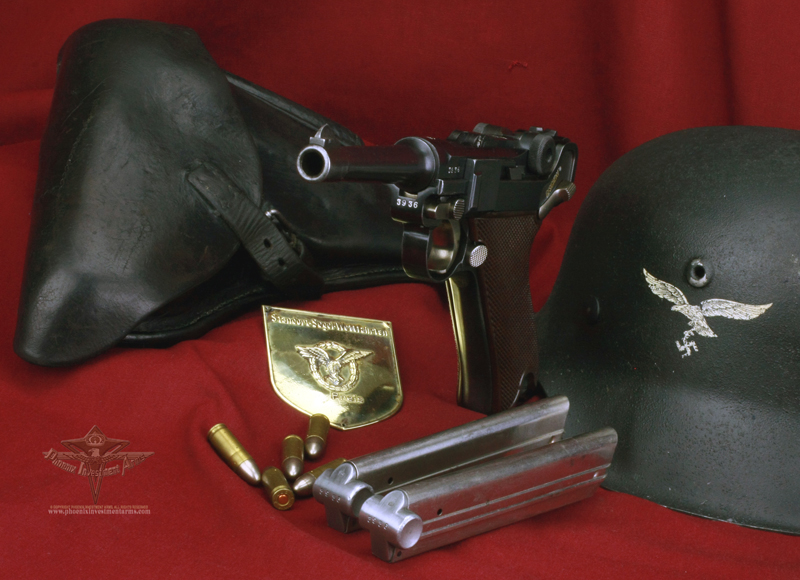
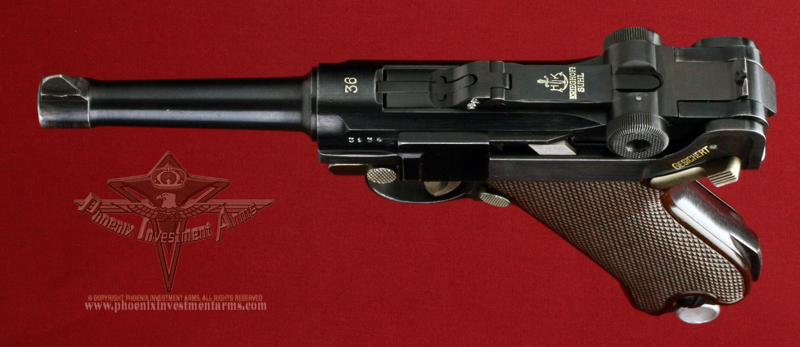
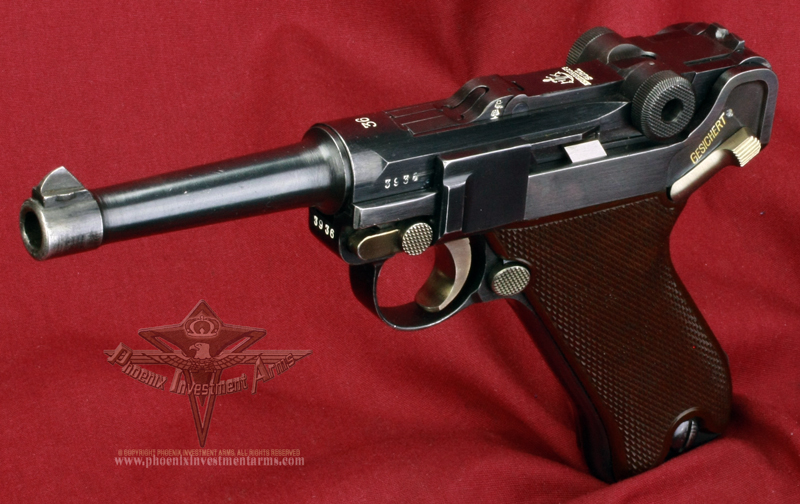
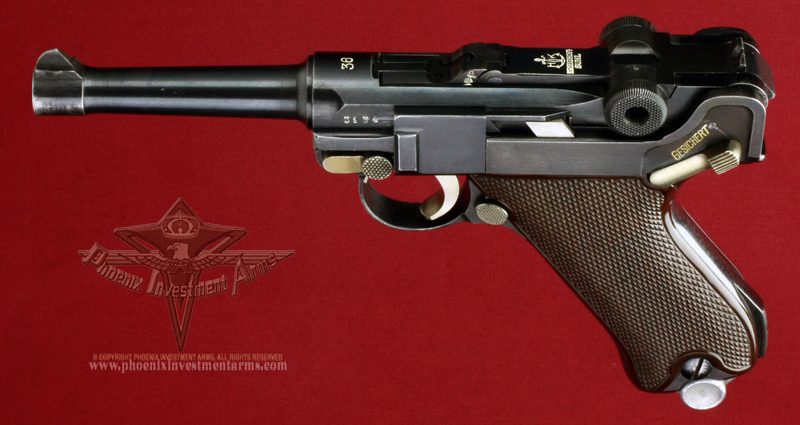
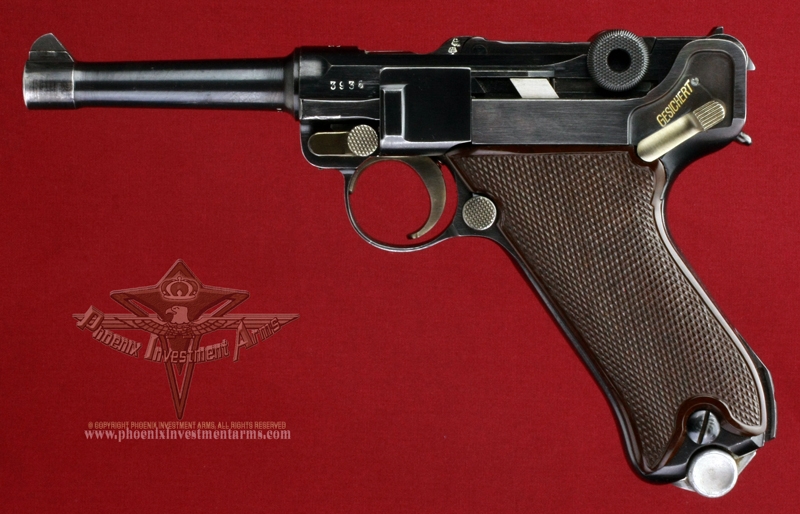
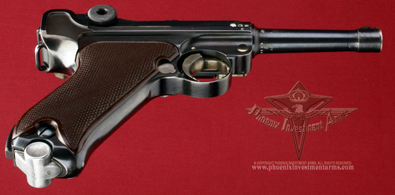
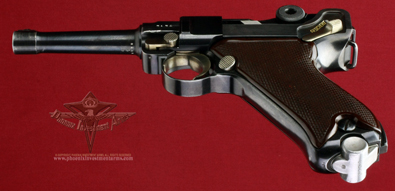
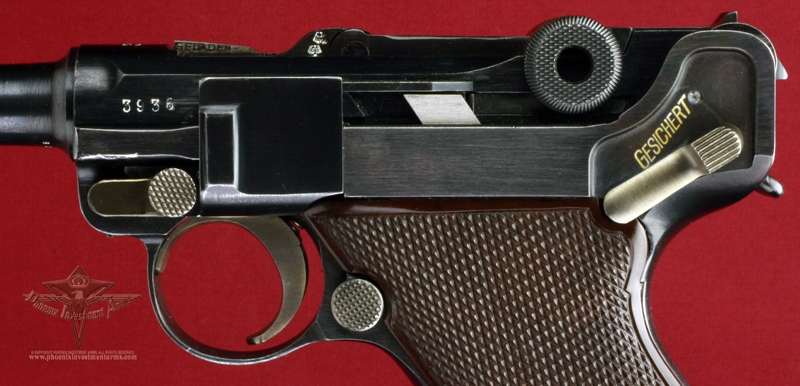

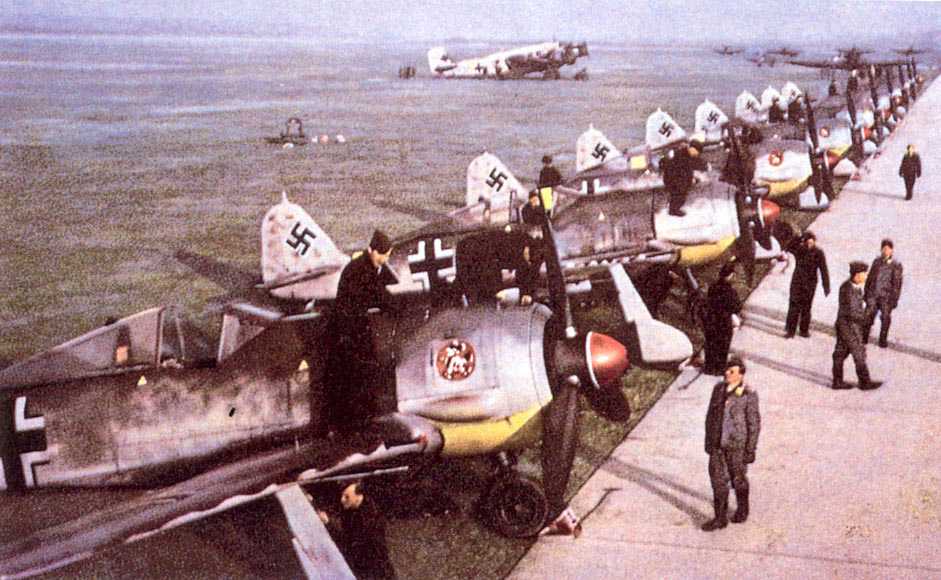
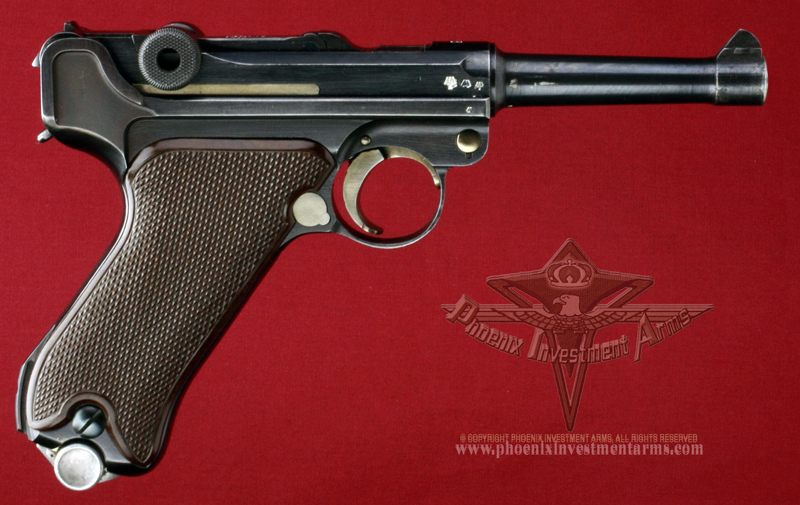
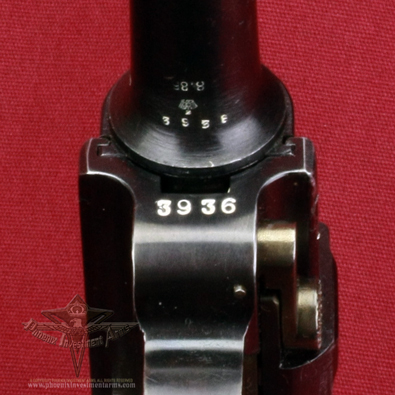
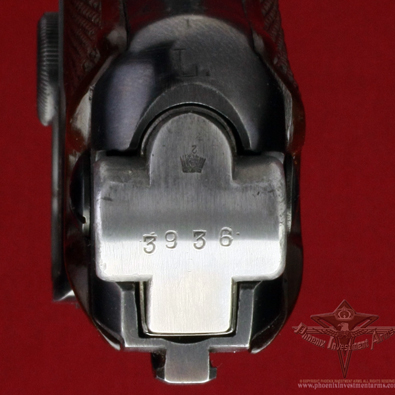
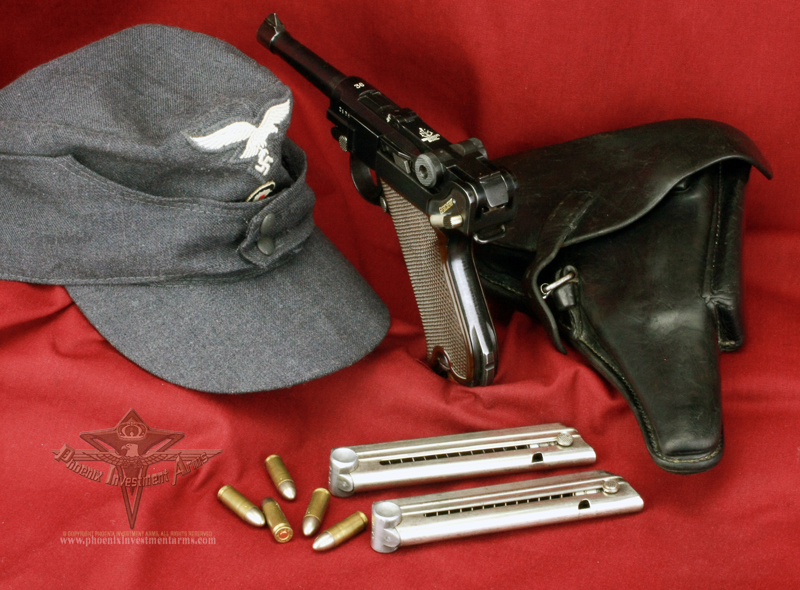
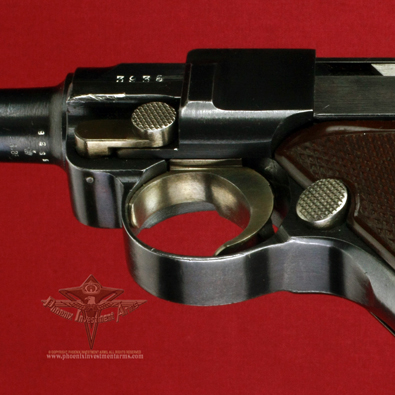
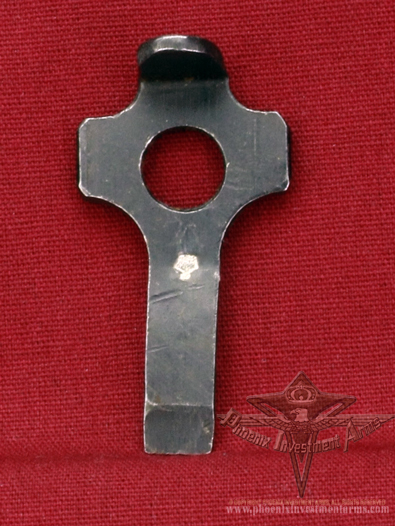
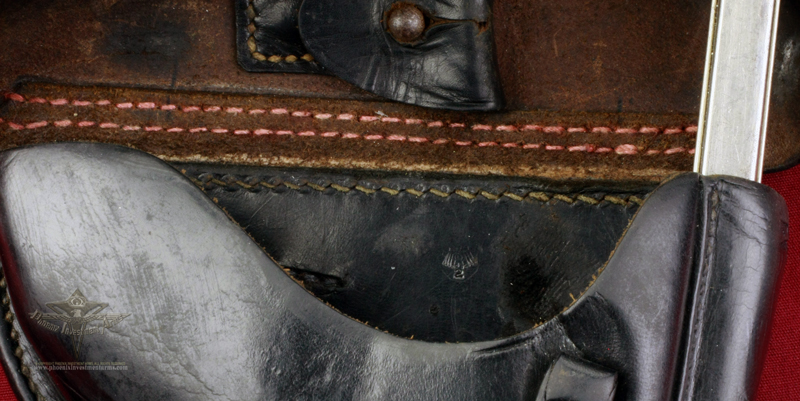

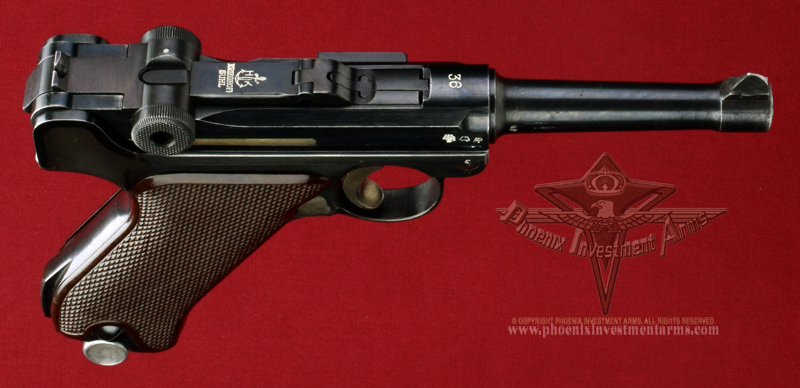
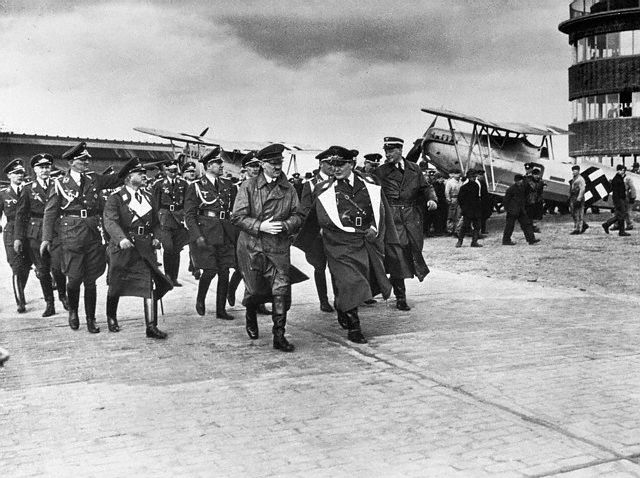
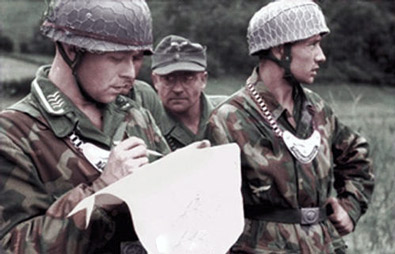

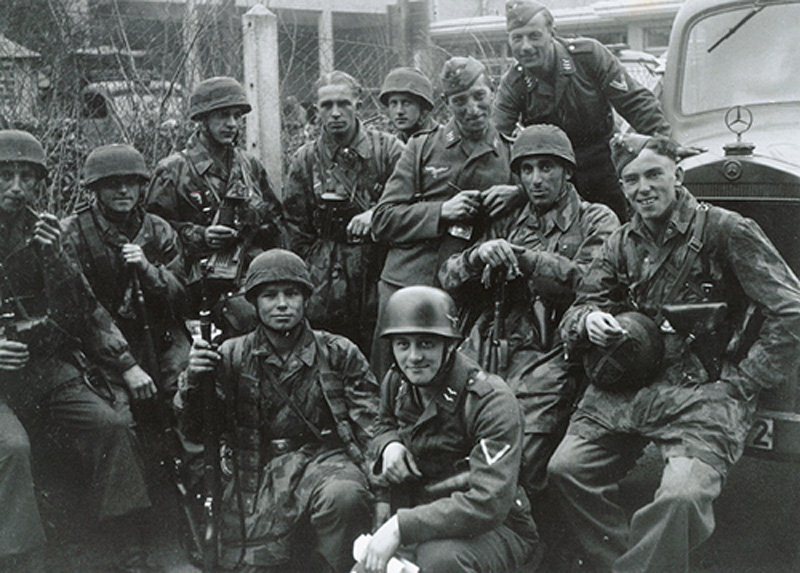
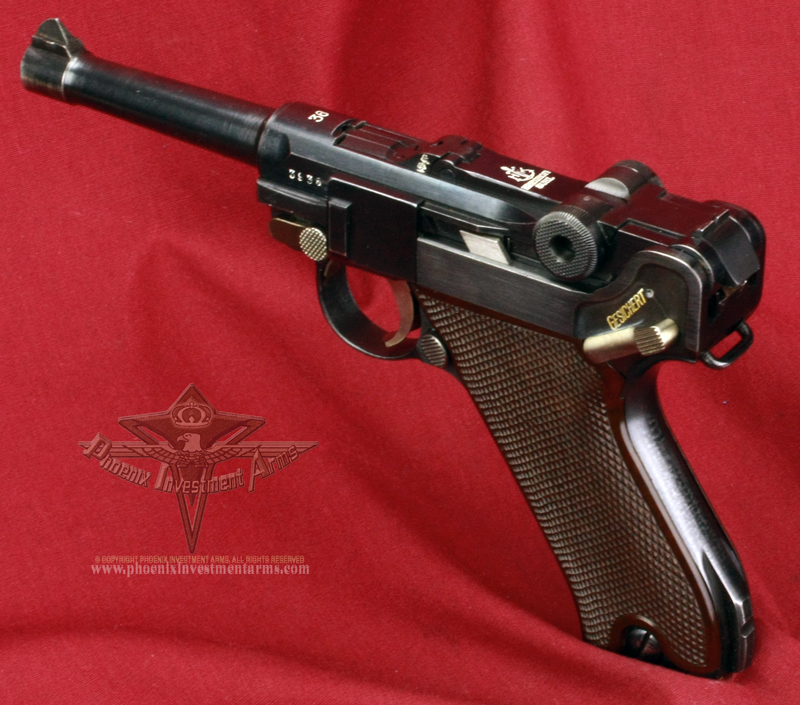

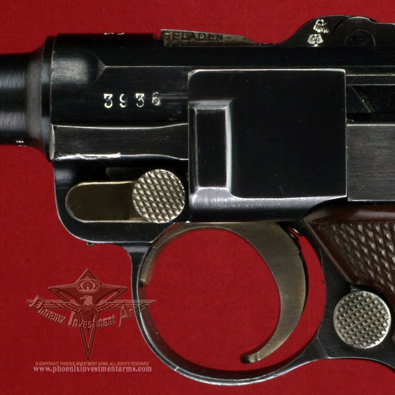


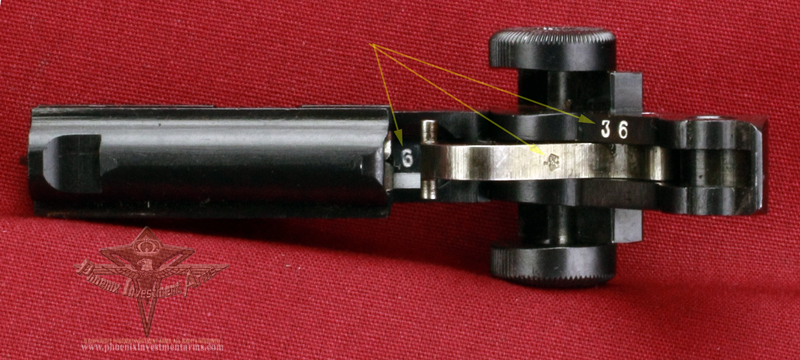
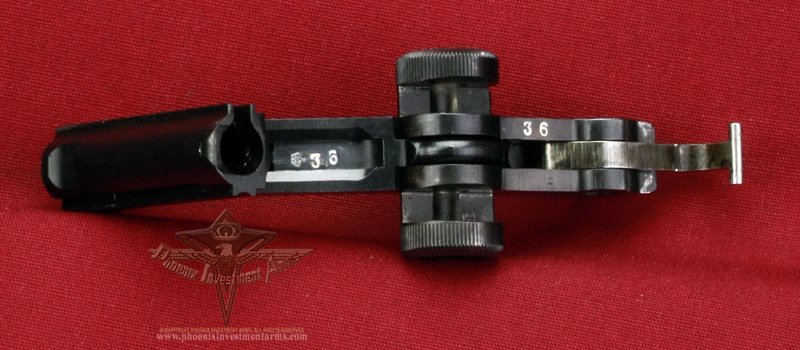
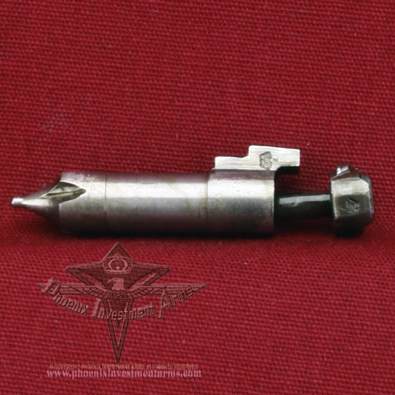
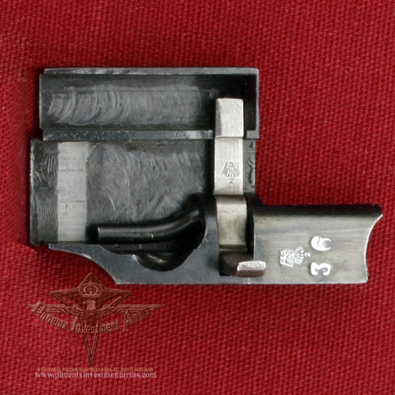

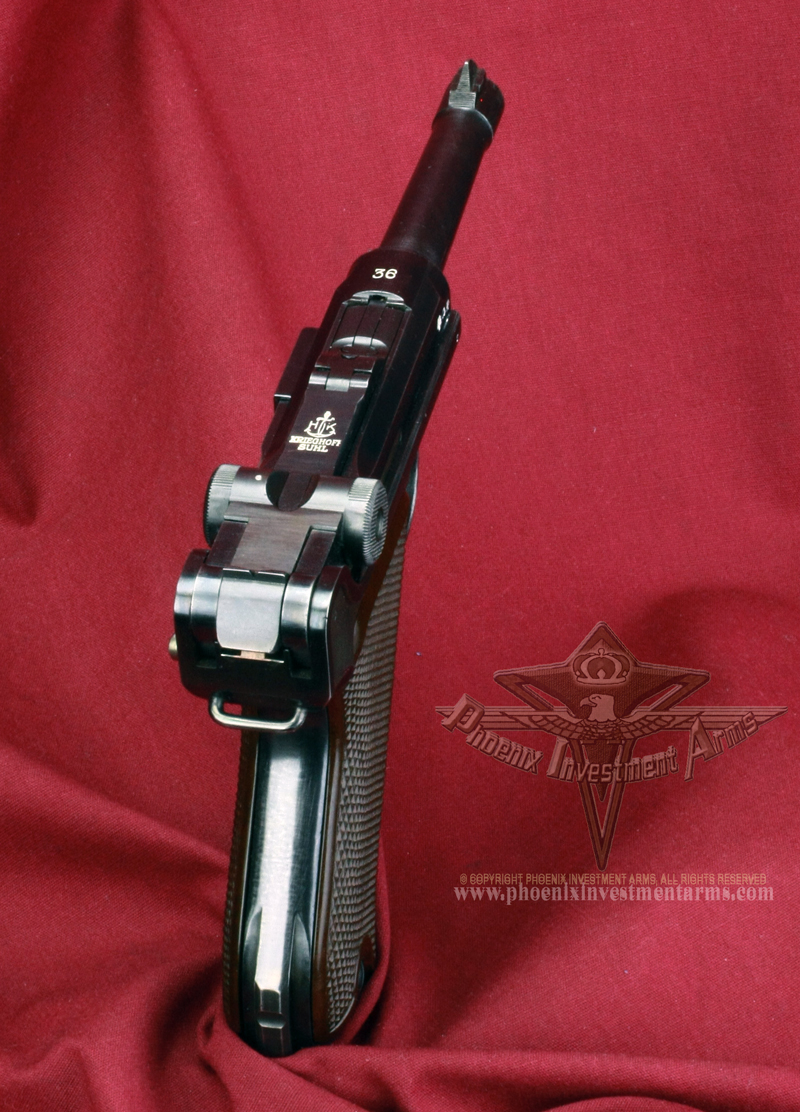
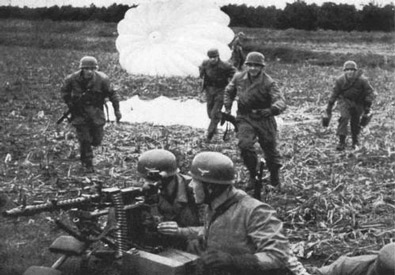

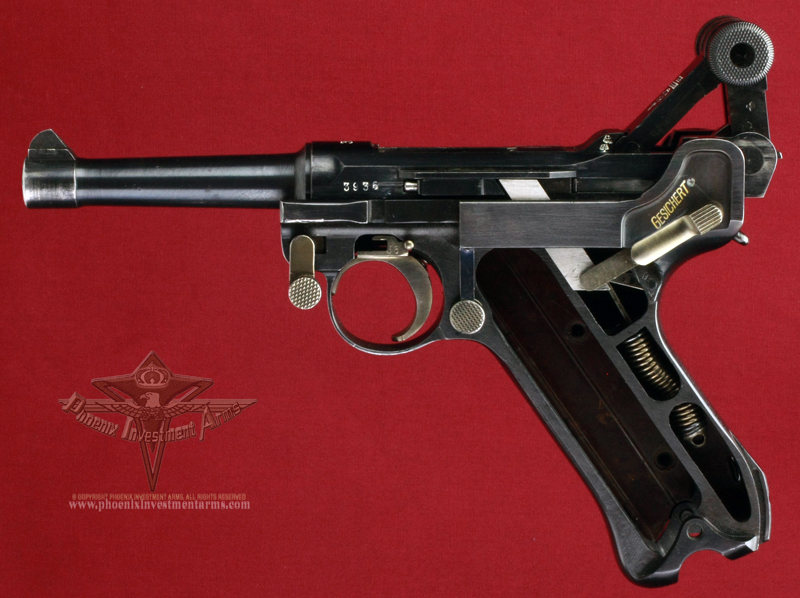
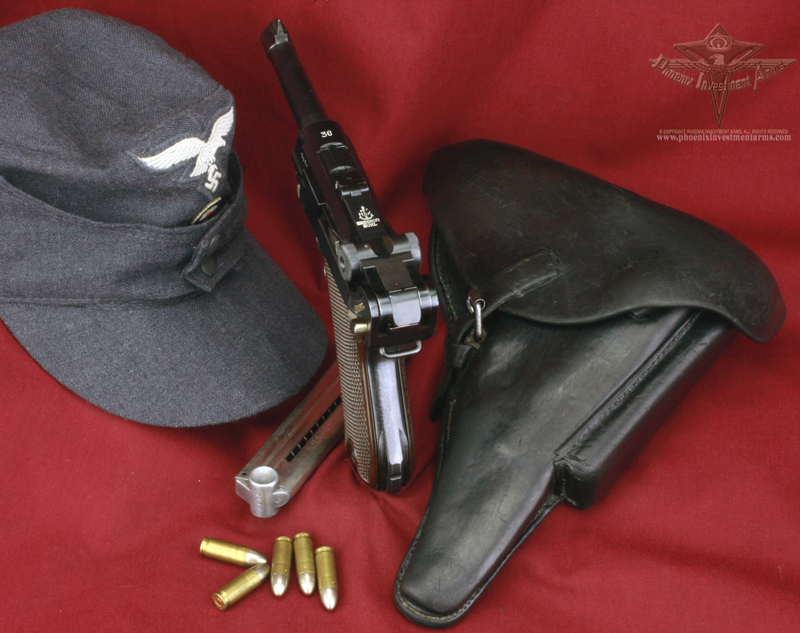
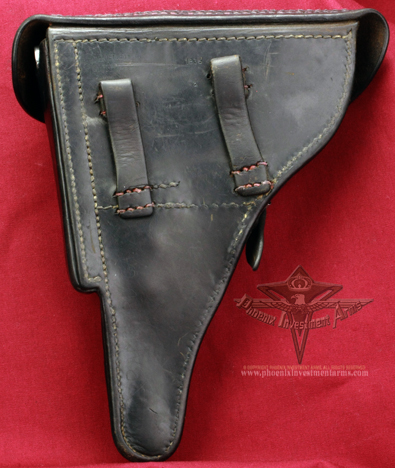
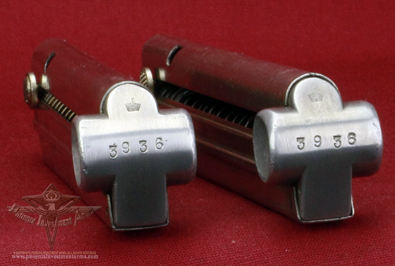
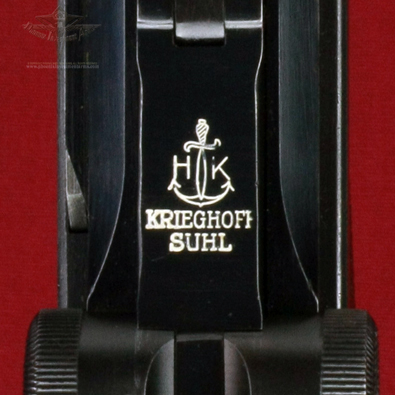

 Student
was ordered to form Germany's first ever parachute battalion in 1938.
Such a military unit was almost unheard of (though Soviet Russia had
been training parachutists in the Red Army) but it was to play a major
part in the whole concept of 'lightening war'.
Student
was ordered to form Germany's first ever parachute battalion in 1938.
Such a military unit was almost unheard of (though Soviet Russia had
been training parachutists in the Red Army) but it was to play a major
part in the whole concept of 'lightening war'. 
